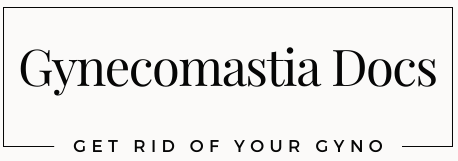Whether or not there are foods to reduce gynecomastia is still a source of some debate, but one thing is for sure: food can affect your hormones.
Since gynecomastia is, at its root, a condition caused by hormonal imbalance in many cases, it stands to reason that with careful control of your diet, you can reduce your chances of developing the condition.
Read on to learn more about the intersection between food & gynecomastia, and what it entails.
What is Gynecomastia?
Gynecomastia is a condition affecting boys and men. Those afflicted by the condition will develop excess breast gland tissue in the chest area.
This can lead to a build-up of breast tissue behind and around the nipple. In more advanced cases, the breasts can be well-developed and visible even through thick or baggy clothing.
Gynecomastia is often caused by a hormonal imbalance between estrogen and testosterone. When boys or men have too much of the former and not enough of the latter, female sexual characteristics can manifest. One of these, of course, is breasts.
Though the condition is not a malign one, it can nevertheless be greatly distressing. Treatment is thus usually sought out as a matter of priority.
Chest Fat Note: if your man boobs are simply due to excess fat (and not due to excess gland tissue), changes in your diet are much more likely to help solve your issues.

Foods to Help with Gynecomastia
It’s worth pointing out that there is little evidence to support the idea that diet can help reverse a case of grade 2 or higher gynecomastia. In such advanced stages, surgery is generally the only recourse.
That said, diet can play a factor in reducing the impact of grade 1 gyno (and help develop an ideal male chest). Foods to reduce gynecomastia are a preventative measure in many instances, as your diet can have a real impact on hormone levels.
Let’s take a look at the various foods to reduce gynecomastia.
Foods Rich in Zinc
Zinc is a naturally occurring mineral that has been proven to boost low testosterone levels and sperm count. It’s therefore an important natural tool in fighting gynecomastia.
It’s of particular importance for those who engage in regular exercise (particularly bodybuilding) to ensure they have enough zinc in their diet.
Foods to reduce gynecomastia that are zinc-rich include the following:
Meat
Meat is a great source of zinc; red meat is particularly high in the mineral, but all meats in general boast high levels.
In fact, eating just 100 grams of ground beef provides 4.80mg of zinc – around 44% of the minimum daily amount. It’s also rich in other vitamins and minerals, such as vitamin B and iron.
Note that too much red meat can increase your risk of cancer and heart disease, so don’t overdo it. As part of a healthy diet, however, zinc is great for boosting testosterone.

Shellfish
Not only are shellfish rich in zinc, but they’re very low-calorie. Oysters are particularly high in the mineral – a portion of 6 is 300% of your recommended minimum intake!
Seeds
Seeds are not only great as part of a balanced diet, but also some seeds can be very zinc-rich. The best kinds for this are hemp, squash, sesame and pumpkin.
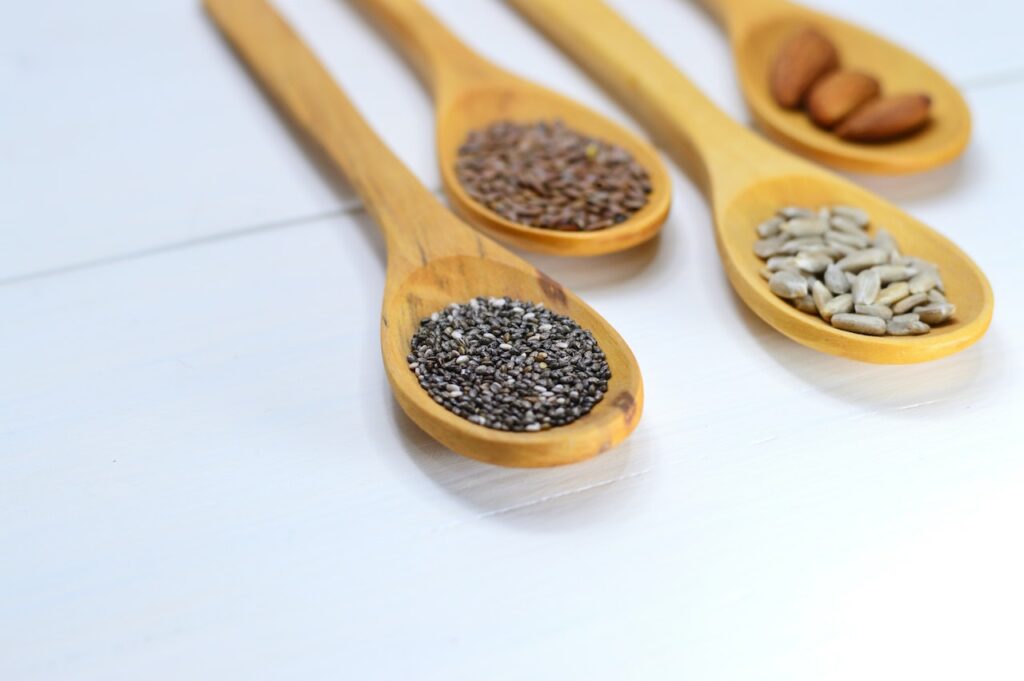
Grains
Grains are a rare instance where you’ll get more from the refined grains than the whole ones. More zinc can be found in white rice, bread and pasta than their wholegrain counterparts. However, refined grains are less healthy than wholegrain ones.
Many other important nutrients can be found in grains of both varieties, and so it’s important to incorporate them into your diet.
Dark Chocolate
Dark chocolate contains a good chunk of zinc. A 100-gram bar accounts for about 30% of a man’s recommended minimum intake for the mineral, and is much healthier than its milk-chocolate equivalent. However, it remains a high-calorie, high-sugar food.
Legumes
Chickpeas, lentils and beans of all varieties are a great source of zinc, which is important when thinking about foods to reduce gynecomastia.
Legumes are particularly good for vegetarians or vegans fighting gyno, as they cannot get zinc from meat. Note, however, that meat is a much better source for bioavailable zinc than legumes.

Nuts (Including Peanuts)
Nuts have a whole host of health benefits, and one of those benefits is high zinc levels. Cashews are particularly good, with one 30g serving providing about 15% of your daily zinc intake.
Eggs
Eggs don’t have as much zinc as some other foods, but they do have a moderate amount. One egg is about 5% of a man’s minimum daily zinc intake. They also contain quite a lot of vitamin B.
Certain Vegetables
Vegetables are generally not a good source of zinc, but there are exceptions. Kale and green beans have small amounts, while potato and sweet potato both contain moderate amounts. This makes these particular root vegetables excellent foods to reduce gynecomastia.
Anti-Inflammatory Foods
Anti-inflammatory foods don’t help reverse a case of gyno – or even prevent it – but they can help with the symptoms.
Outside of the esthetic issues, swelling and tenderness in the breast is a common complaint with gynecomastia. Anti-inflammatory foods are therefore good foods to reduce gynecomastia.
Berries
Berries of all kinds are great health foods in generally, but they’re also good at bringing inflammation down. Strawberries, blueberries, blackberries and raspberries are all good for this.
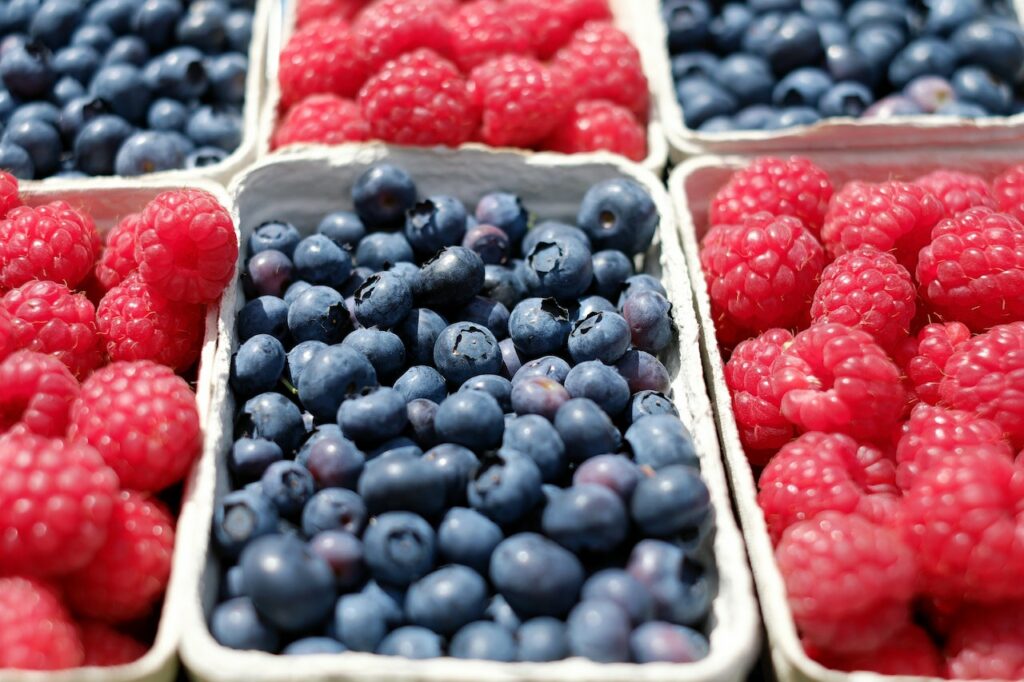
Broccoli
Another of the better foods to reduce gynecomastia, broccoli has a host of health benefits beyond its anti-inflammatory properties. It’s also important for preventing heart disease, along with other cruciferous vegetables like cauliflower and sprouts.
Green Tea
Healthier than black tea (and much healthier than coffee), green tea has long been extolled for its health benefits. In addition to helping with inflammation, it can also reduce your risk of heart disease and Alzheimer’s.
Bell and Chili Peppers
If you’ve got the mouth for them, these peppers can be of great help reducing the symptoms of gynecomastia. They are also good for diabetes management.
Tomatoes
Tomatoes could almost be labeled a superfood, given the many health benefits they confer. They are high in potassium and vitamin C, and they also have plenty of lycopene. This antioxidant is renowned for its anti-inflammatory properties, making it a great food to reduce gynecomastia.

Foods with Monounsaturated and Polyunsaturated Fats
Not all fat is bad. Foods high in healthy fats can be good for you in general, and can boost testosterone levels.
Fatty Fish
Fish high in unsaturated fat also contain plenty of omega-3 fatty acids, which help with brain and heart function. Try to fit in two portions a week – tuna, herring, mackerel, trout, salmon and sardines are all good options.
Avocado
Avocados are high in a monounsaturated fatty acid called oleic acid. This is not only of benefit as an anti-inflammatory, but helps prevent cancer. Because of this, they’re one of the best foods to reduce gynecomastia.
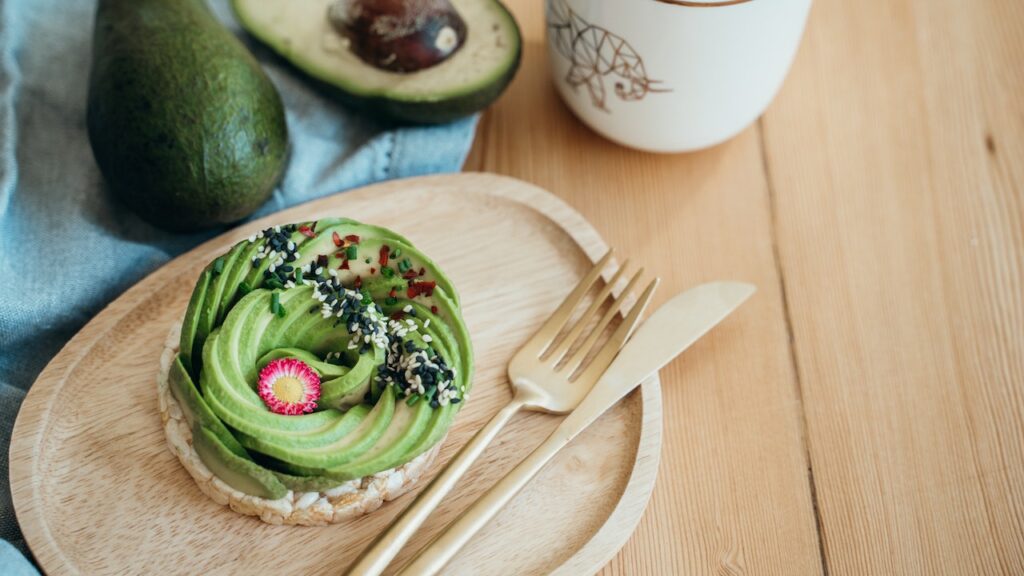
Olives and Olive Oil
Olives are, in addition to their anti-inflammatory properties, also good for a number of other health benefits. A compound called oleuropein helps regulate insulin, and so it helps prevent diabetes.
Olive oil is full of monounsaturated fats, which are much healthier for your heart than other oils. Its anti-inflammatory properties will also help the swelling and tenderness of gynecomastia.
Vitamin-D-Rich Foods
Foods rich in vitamin D promote testosterone production, which can help increase sperm count and testosterone levels.
Fish
Many fish boast high levels of vitamin D in addition to their other health benefits. Swordfish, tuna, salmon and sardines provide plenty of vitamin D, as well as conferring the previously mentioned benefits that come with fatty fish. All of this makes these fish great for a gynecomastia diet.
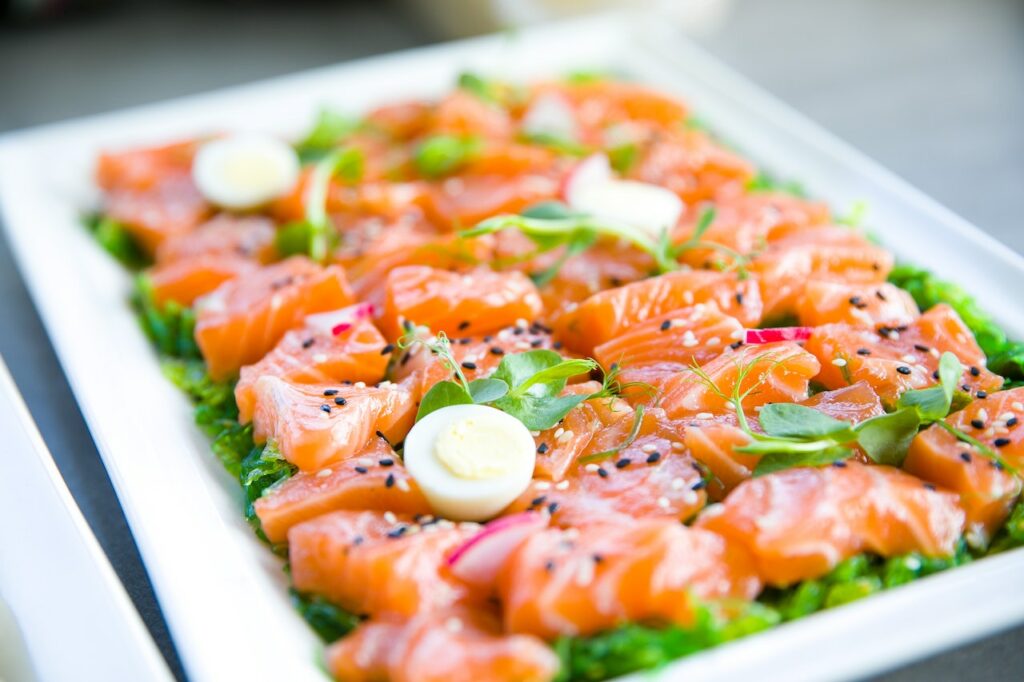
Vitamin-D-Fortified Beverages
Many beverages come fortified with vitamin D, such as orange juice. Switch out your regular juices/milks for these in order for a vitamin D boost.
Mushrooms
These are another great source of vitamin D for vegetarians, and so good foods to reduce gynecomastia. Not all mushrooms are created equal when it comes to vitamin D, however. Many grow without being exposed to sunlight, and so they won’t have any vitamin D at all.
Portobello mushrooms and maitake are the two best varieties, so be sure to include these in your diet to get the biggest possible dose of vitamin D.
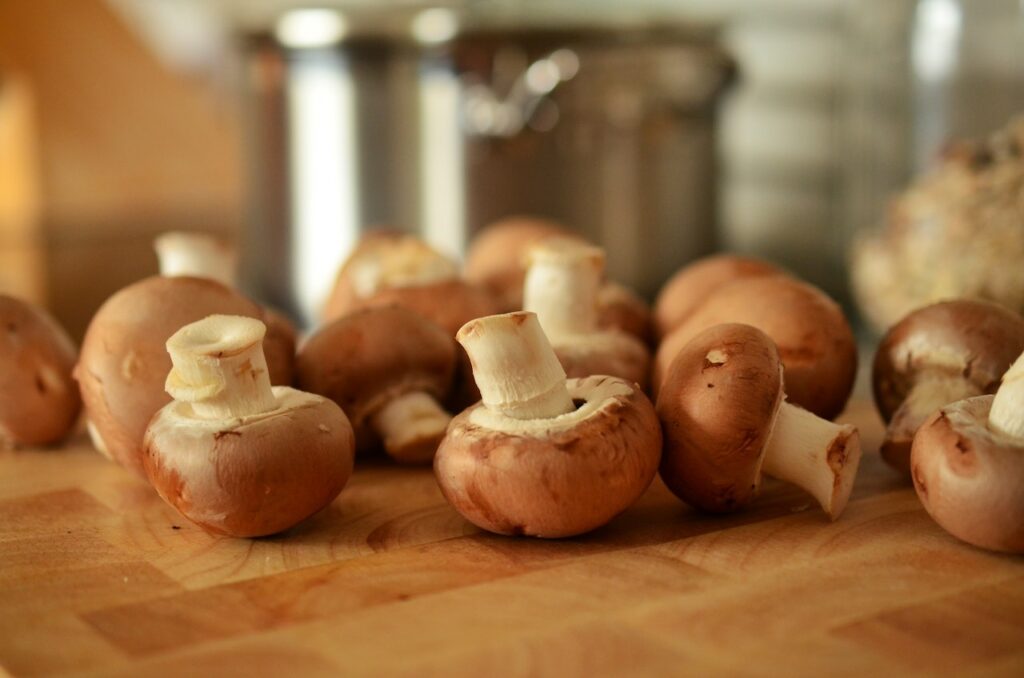
What is a Good Gynecomastia Diet Plan?
As long as you mix and match from the foods to reduce gynecomastia we’ve laid out here (and avoid gyno causing foods), you’ll have a fighting chance at keeping gyno at bay (or mitigating an existing case).
One of the best options out there is the Mediterranean Diet: this diet naturally promotes consumption of a great many of the foods already mentioned in this article, and as such is a great option for those suffering with gynecomastia.
Foods to Reduce Gynecomastia Recap
Although there is no ‘gynecomastia diet’ for those who are already suffering with an advanced case of the condition, all of these foods to reduce gynecomastia can nevertheless be of immense help if you’re at risk or are suffering with grade 1 gynecomastia.
Even if suffering from more advanced gyno, these foods to reduce gynecomastia can, at the very least, help alleviate some discomfort – and this is not to mention the other health benefits. Whether actively suffering from the condition or not, it’s worth considering an anti-gynecomastia diet plan.
